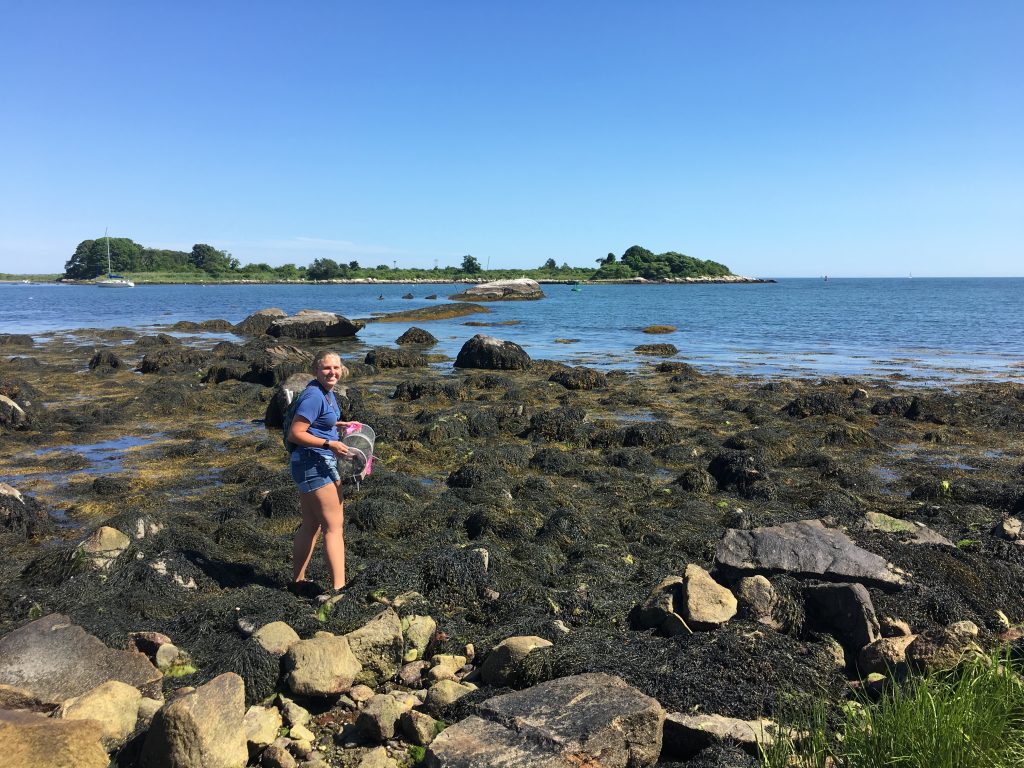When I first moved back to Mystic, Conn., I already had a preconceived notion of what my summer was going to look like after having spent the past semester with the Williams-Mystic Maritime Studies Program. My best friend from the program was going to be my roommate, I would be living in the same student houses, and I would be working with the same professors who had traveled with me from sailing offshore in the Caribbean Sea aboard the S/V Corwith Cramer to hearing how climate change is affecting the lives and the history of the Grand Caillou/Dulac Band of Biloxi-Chitimacha-Choctaw Indians.
If you know nothing about Williams-Mystic, know that the 30 other people that you get thrown together with, students and faculty, for a semester will become your family. Having already had these important connections with Dr. Tim Pusack, my former marine ecology professor and current research mentor, and with Dr. Rachel Scudder, my former oceanography professor and another current research mentor, made me more confident that this would be the summer where I grow into my new position in life as a field ecologist and as a research scientist.

Carcinus maenas, European Shore Crab: invasive species to the Long Island Sound.
Invasive species pose one of the largest threats to biodiversity worldwide. Additionally, this group of organisms can alter an ecosystem’s characteristics and local populations of native species. These alterations can have negative impacts on local industries like commercial fishing and tourism which directly impact local economies. C. maenas is an introduced crab species originally from coastal Europe that was potentially brought over in the fouling or bored into a wooden ship in the 1800s. The area that I have been studying is Avery Point, Conn., on the University of Connecticut-Avery Point’s campus. Although there are many different crabs that are found in this rocky intertidal ecosystem, the shoreline is dominated by C. maenas. It can be assumed that it is outcompeting native populations of crabs and other invasive species of crabs. In the lab, I am subjecting the crabs to temperatures between 12 dC and 31 dC to mimic the rising temperatures that will be present during the coming years due to climate change. I am measuring their stress responses as a direct representation of how much they are eating daily.
My research has brought me to some really cool places. I mean, how often can someone say that they get to go to the beach for their job? However, more importantly, it has taught me the importance of studying climate change. And it has given me important insight into the lack of knowledge about how climate change will affect vital ecosystems. Looking forward to the future, the uncertainty is high as to what our climate will be like. Additionally, we don’t exactly know how it is going to influence local economies. Funding climate change research is important so that we can better prepare our communities in the face of future disasters.
